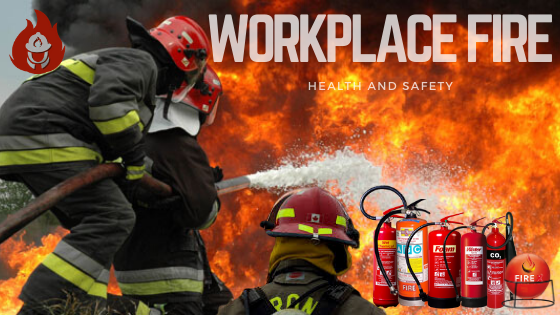Understanding Side Entry Systems for Confined Spaces
Working in confined spaces is no joke, it’s one of the most
hazardous jobs out there. That’s why having the right entry and exit systems is
absolutely critical to keeping workers safe. One of the most practical methods
for accessing tight spaces is the side entry system. But what
exactly is it, where is it used, and how can we make sure it’s done safely?
Let’s break it down.
What is a Side Entry System?
Unlike climbing down into a tank from the top or squeezing
in from below, a side entry system allows workers to enter
confined spaces through a horizontal opening. Think of it like
walking into a small room rather than lowering yourself into a deep pit. This
method is especially useful in industries where vertical entry just isn’t
practical—like tanks, pipelines, silos, and underground vaults.
Where Are Side Entry Systems Used?
These systems are a lifesaver in industries where workers
frequently need to get inside tight spaces for inspections, maintenance, or
cleaning. Some common examples include:
- Petrochemical
and Refinery Plants – Workers need to check and repair storage
tanks and pipelines.
- Wastewater
Treatment Facilities – Maintenance crews enter sewer lines and
processing tanks.
- Manufacturing
Sites – Boilers, mixers, and pressure vessels require regular
servicing.
- Mining
& Underground Work – Side entry tunnels provide access to
critical underground operations.
Why Use a Side Entry System?
- Safer
Than Vertical Entry – No risky climbs up or down—workers enter at
ground level, reducing fall hazards.
- Easier
Access – Many confined spaces have small side hatches, making
entry and exit much smoother.
- Less
Physical Strain – Horizontal entry is more ergonomic than
climbing ladders or harness systems.
- Better
Equipment Handling – Moving tools, safety gear, and ventilation
systems in and out is simpler.
Safety First: Key Considerations
While side entry systems are a smart choice, they’re not
without risks. Here’s how to stay safe:
Proper Training – Workers must be trained in
confined space entry, hazard recognition, and emergency procedures.
Air Quality Checks – Before anyone steps in, test for toxic gases,
low oxygen, or flammable substances.
Ventilation is a Must – Keep fresh air flowing to prevent dangerous
gas buildup.
Use the Right PPE – Respirators, harnesses, and protective suits
are non-negotiable.
Have a Rescue Plan – Emergencies happen fast—make sure a rescue
team is ready to act.
Final Thoughts
Side entry systems make confined space work safer
and more efficient, but only if done right. By following strict safety
protocols, providing proper training, and using the right equipment, industries
can protect workers while keeping operations running smoothly.


.png)



Comments
Post a Comment